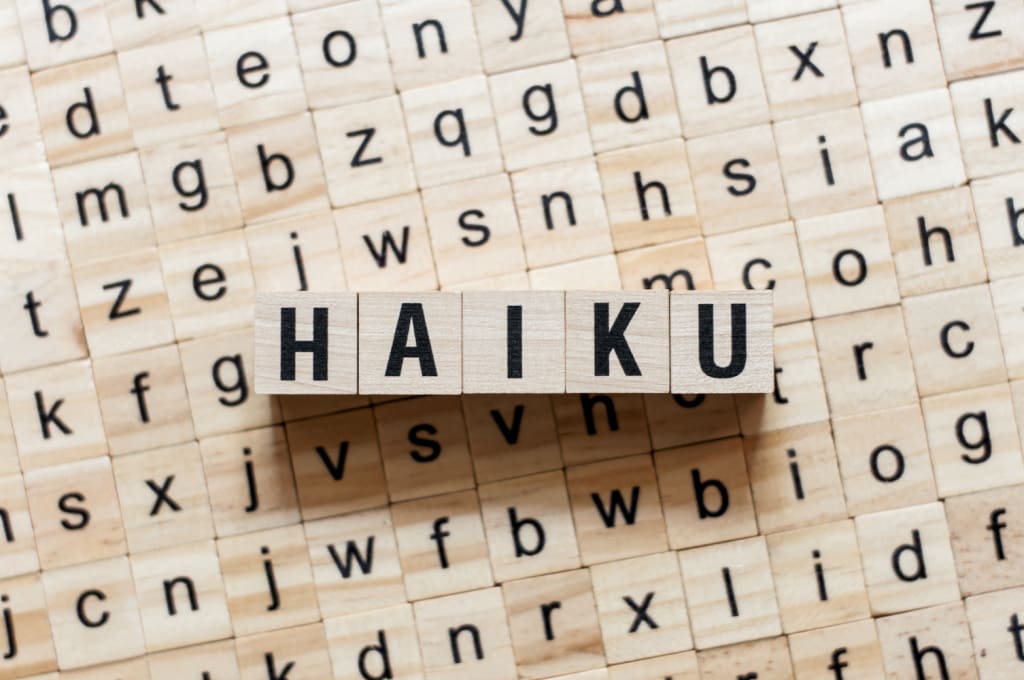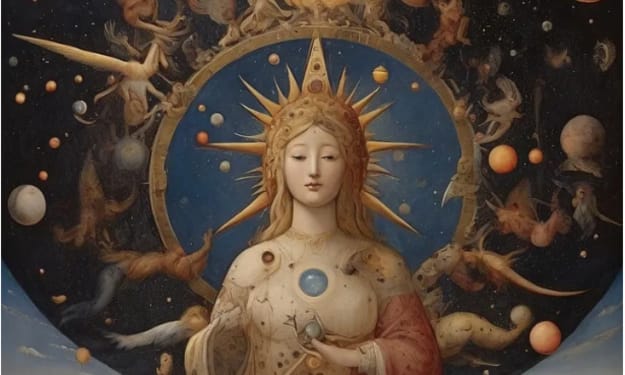Time Capsule Haiku
The Timeless Beauty of Haiku Poetry: Exploring the Relationship Between Time and Art

A Haiku About Time: The Beauty of Timeless Words
Time is an elusive concept that has fascinated poets and writers for centuries. The haiku, a Japanese form of poetry, is a perfect example of how time can be captured in words. It is a minimalist poem that can convey complex emotions in just a few words. In this article, we will explore the beauty of haiku poetry and how it captures the essence of time. We will also discuss the best ways to write a haiku about time and the techniques used to make it a timeless piece of art.
Understanding the Haiku Form
Haiku is a form of Japanese poetry that consists of 17 syllables. It is usually written in three lines, with the first and third lines having five syllables, and the second line having seven syllables. The haiku is typically focused on nature, but it can also explore the human experience. Haiku often employs a technique called "kigo," which is the use of seasonal words that evoke a particular time of year. This technique is used to set the tone of the poem and create a sense of time and place.
The Essence of Time in Haiku Poetry
Haiku poetry captures the essence of time in a unique and profound way. It can convey a moment in time that is both fleeting and eternal. The poet uses sensory images and season words to create a sense of time and place. The haiku often evokes a sense of the passing of time, the seasons, and the natural world. The beauty of haiku poetry is that it can express complex emotions and ideas in just a few words, making it a timeless piece of art.
Techniques for Writing a Haiku About Time
To write a haiku about time, there are several techniques that you can use. The first is to use sensory images to evoke a sense of time and place. This can include images of nature, such as the changing of the seasons, or the passing of time. You can also use season words to create a sense of time and place. Another technique is to use juxtaposition, where two contrasting images or ideas are used to create a sense of time passing or change. Finally, you can use the concept of "mono no aware," which is a Japanese term that refers to the beauty of impermanence. This concept can be used to convey the fleeting nature of time and the beauty of its passing.
Writing a Timeless Haiku
To write a timeless haiku, you need to capture the essence of time in a way that is both universal and personal. The haiku should be focused on a specific moment in time, but it should also be able to convey a sense of timelessness that will resonate with readers across time and space. To achieve this, you should use simple and direct language that evokes a strong emotional response. The haiku should be free of unnecessary words or details, and it should convey a sense of beauty and truth that transcends time.
The Importance of Time in Japanese Culture
Time is a crucial element in Japanese culture, and it has been explored in various art forms, including poetry. In Japanese culture, time is viewed as a cyclical rather than a linear concept, with the seasons and the passing of time being a constant reminder of life's impermanence. This philosophy is reflected in haiku poetry, which often uses nature and seasonal references to evoke a sense of time and change.
The Structure of a Haiku
A haiku follows a strict structure, which can be challenging to master. The poem is written in a single breath, with each line contributing to the overall effect. The first line is the setup, the second line provides a contrast or comparison, and the third line brings the two together or provides a twist. This structure creates a sense of movement and progression, which can help to convey a sense of time passing.
The Beauty of Imperfection in Haiku
One of the unique features of haiku poetry is the acceptance of imperfection. Unlike other forms of poetry, haiku does not strive for perfection, but rather embraces the beauty of impermanence and the transience of life. This philosophy is reflected in the use of seasonal words and images of nature, which emphasize the beauty of change and the passing of time.
How to Write a Haiku About Time
To write a haiku about time, you should start by choosing a specific moment in time that you want to capture. This could be a fleeting moment of beauty or a sense of change or transition. You should then use sensory images and seasonal words to create a sense of time and place. Try to use simple and direct language to convey a strong emotional response. Finally, use the haiku structure to create a sense of movement and progression, which can help to convey a sense of time passing.
The Impact of Haiku Poetry on Western Literature
Haiku poetry has had a significant impact on Western literature, particularly in the 20th century. Writers such as Ezra Pound and William Carlos Williams were influenced by the simplicity and directness of haiku poetry, and it became a significant part of the modernist movement. Haiku poetry has also had a significant influence on contemporary poets and writers, who continue to explore the form and its relationship to time and the natural world.
Conclusion:
About the Creator
Enjoyed the story? Support the Creator.
Subscribe for free to receive all their stories in your feed. You could also pledge your support or give them a one-off tip, letting them know you appreciate their work.






Comments
There are no comments for this story
Be the first to respond and start the conversation.